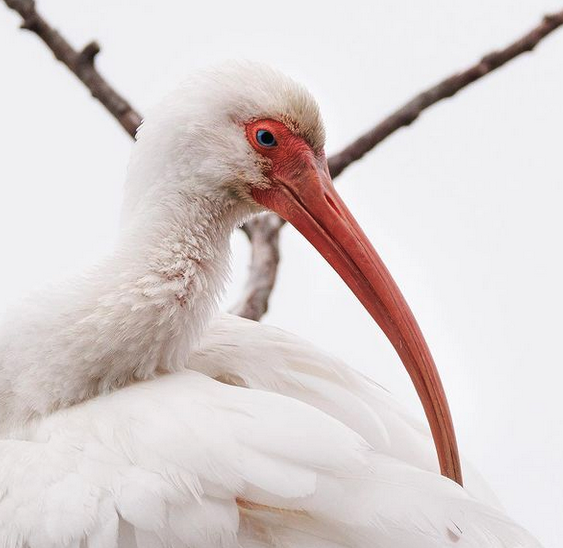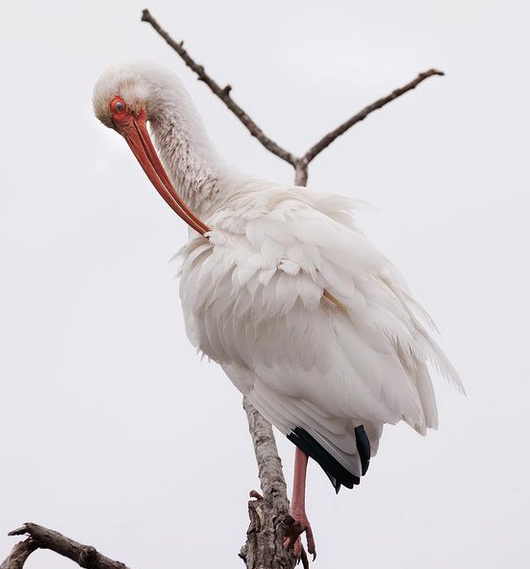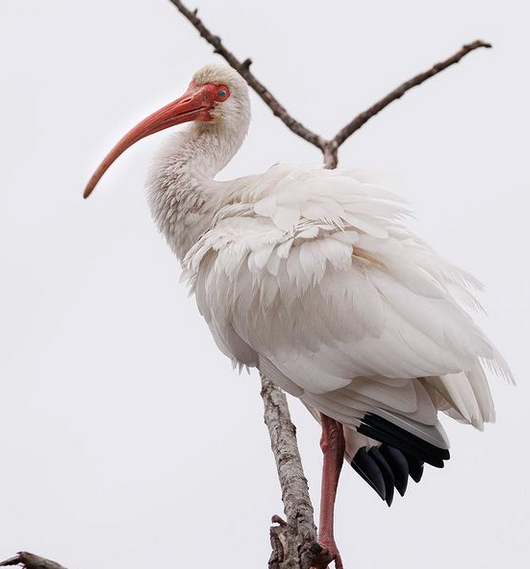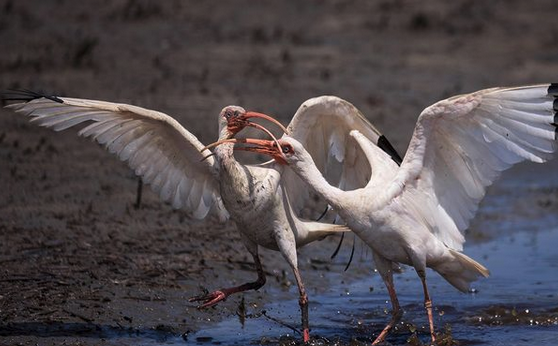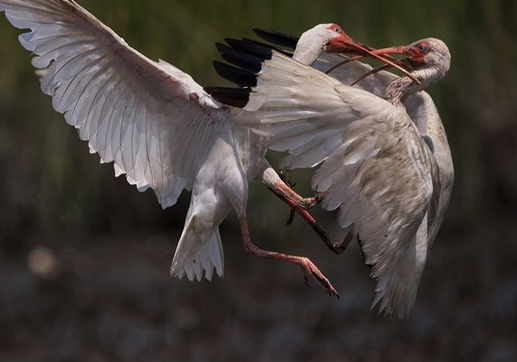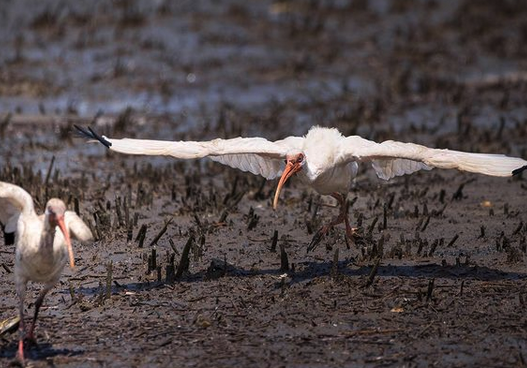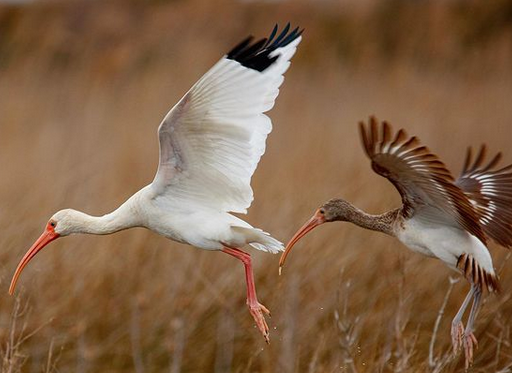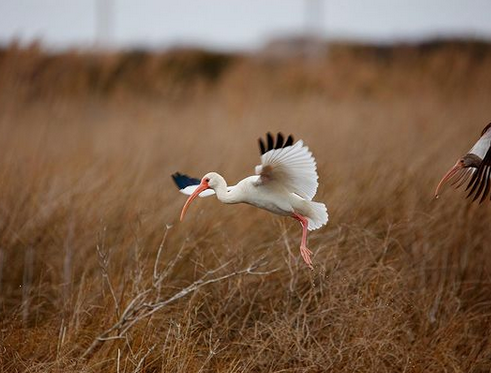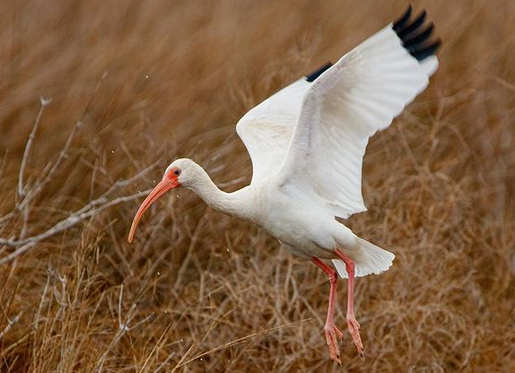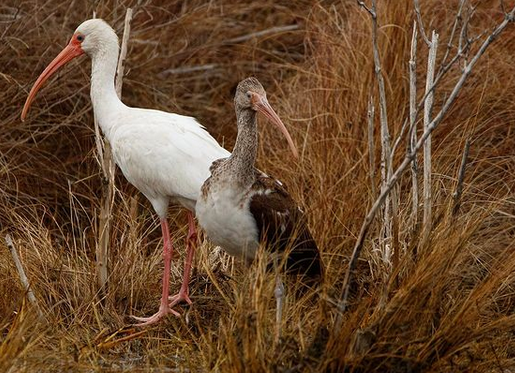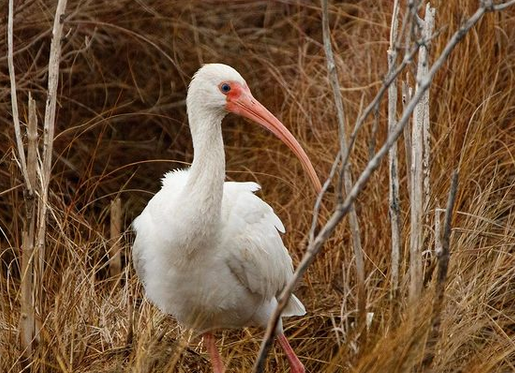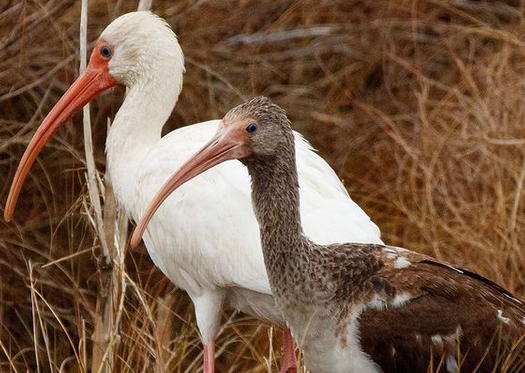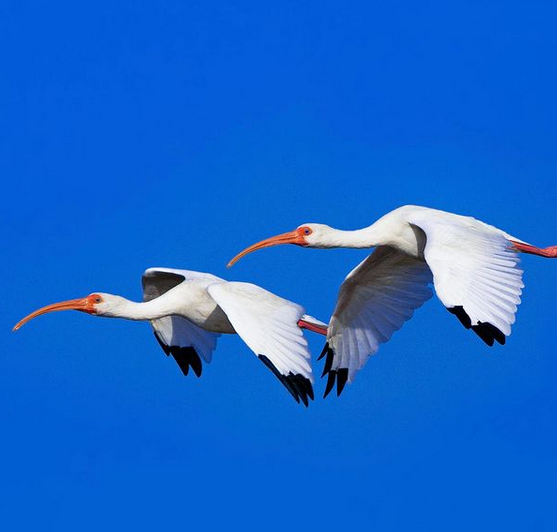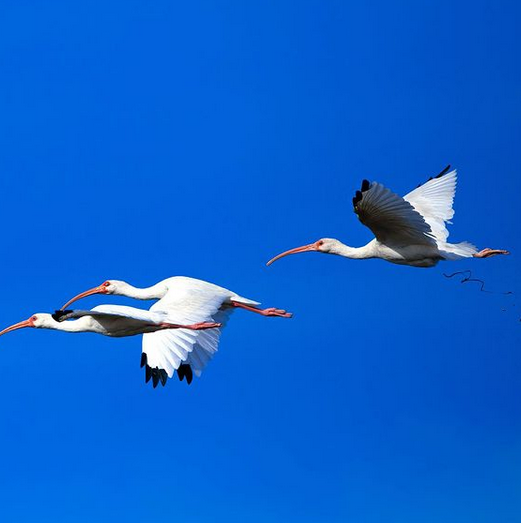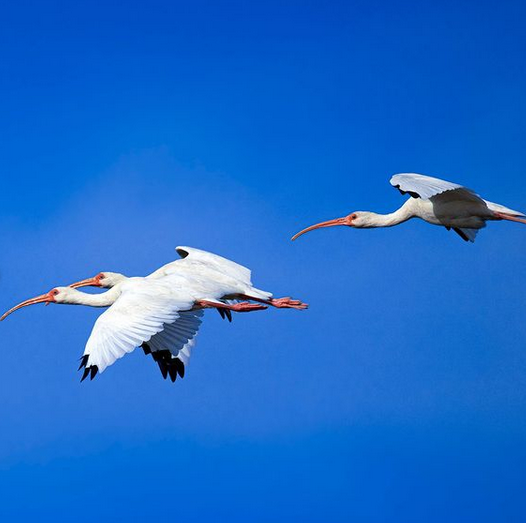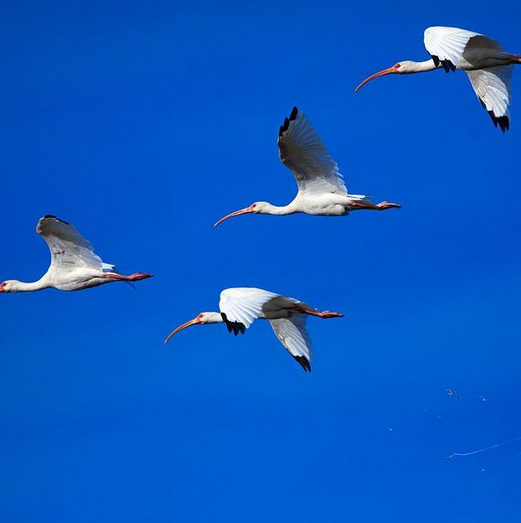By Sally Siko
Check out this handsome White Ibis.
I spotted him last week while birding on Carolina Beach. I’d stopped off at Carolina Beach lake to take a quick peek at the water to see if there were any interesting or unexpected birds flying around when a small flock of Ibis’s flew in and landed in the drainage creek on the eastern side of the lake.
Although I’ve seen hundreds of Ibises this year these birds were just so beautiful that I had to grab a few photos 🙂



White Ibis’s are a year round resident of North Carolina and are most commonly found in our eastern coastal counties. During the breeding season they are known to nest on our barrier islands with other shorebirds near the lower Cape Fear river area.
Now that winter is here, you can find them grazing in farm fields and foraging for a meal in freshwater & brackish suburban ponds, and waterfowl impoundments.


An opportunistic hunter of the shoreline, these handsome white birds enjoy a varied diet of crayfish, crabs, frogs, minnows, snakes and even insects. Look for them in the grass along the waters edge and wading through shallow, show moving waters.
Photos by Sally Siko of @bestlife_birding captured on my mighty mirrorless monster, the @canonusa #R5
By the way, I’ve added more that 80 new birding tour dates to my Best Life Birding trip schedule.
Check out the calendar below and book your next birding adventure with me today!


